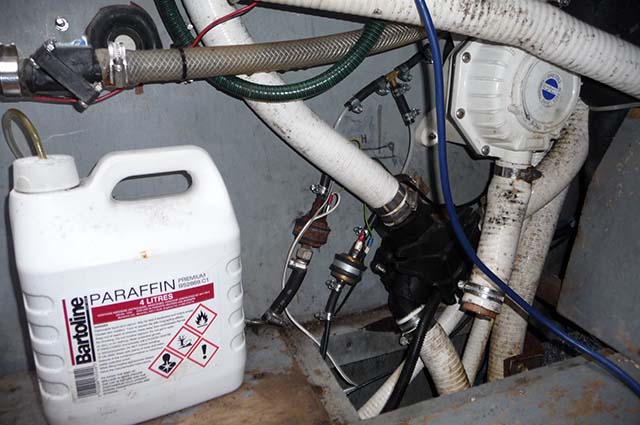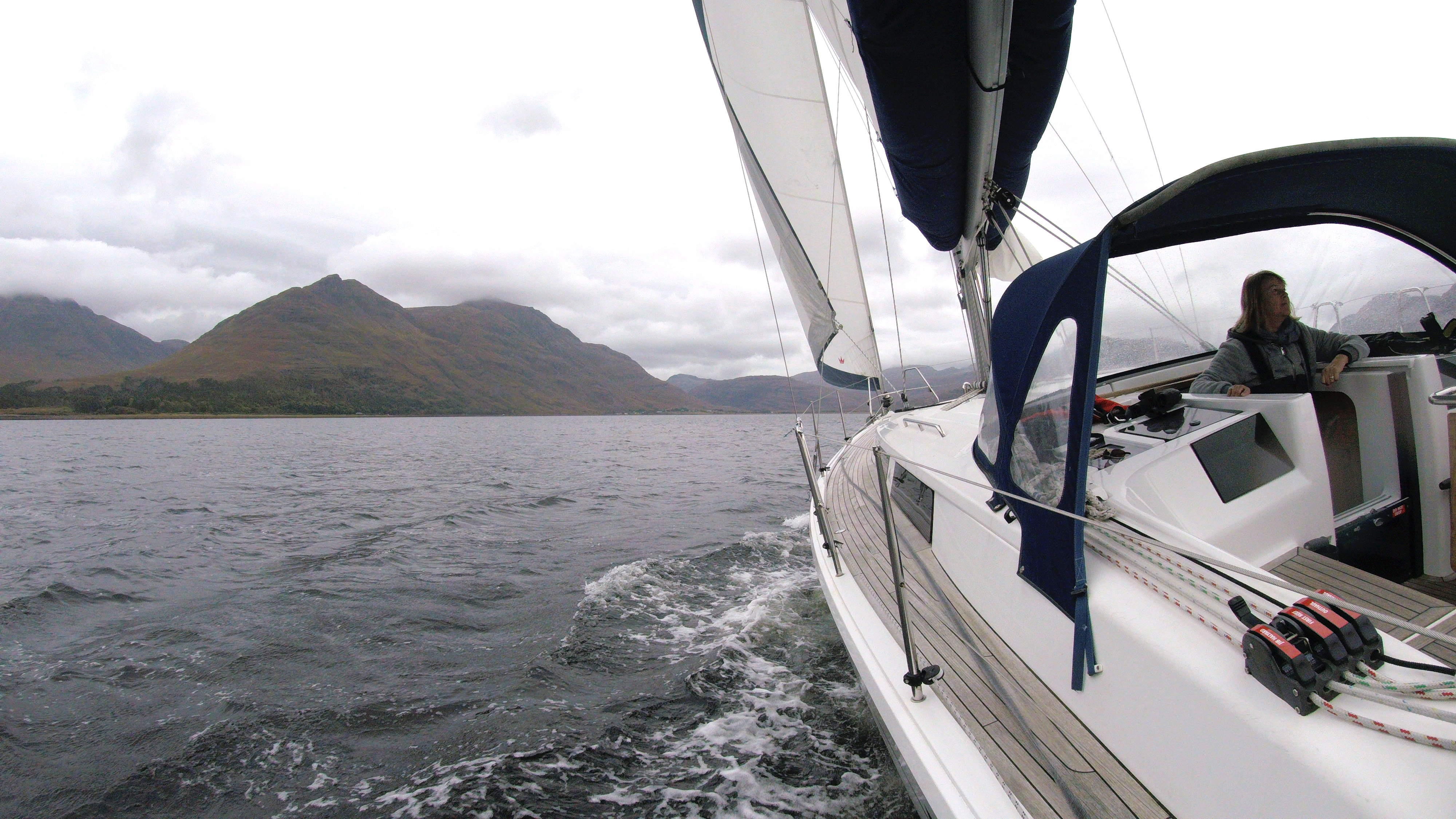Jonty Pearce diagnoses why his AIS and VHF are not performing as they should
Last year I changed my VHF DSC radio unit so that a handset was reachable from the cockpit rather than our having to go below to the chart table.
The benefits are increased convenience for general use, as well as handiness in an emergency – I’d never been happy with the thought of leaving the cockpit and wheel to send an MOB Mayday if one of a sailing couple went overboard.
As the season progressed, however, I’d noticed that more harbours and marinas were unable to hear my radio calls until I used the handheld VHF radio.
And then I noticed that the AIS was not picking up shipping 20 or more miles away as it had when installed; on our trip to the Isles of Scilly in the summer, its range reduced to 2 miles.
Evidently, something was wrong.
As both units share the same aerial, my immediate suspicions were that the masthead VHF antenna was at fault.
I checked all the connections, and even re-soldered the VHF cable junction at its base of mast join, but there was no improvement.
A check with my Shakespeare VHF Radio Antenna Tester showed that the VSWR was low, indicating reduced aerial efficiency. I unplugged the masthead VHF cable from the base unit and rigged my emergency VHF aerial.
Continues below…
Jonty Pearce: Large man in a small space…..again
Jonty Pearce wrestles with confined spaces on board as he gets down to a bit of maintenance
Jonty Pearce: Little ships in big oceans
Jonty Pearce experiences crossing the Drake Passage and reflects on the bravery of those who went before him
Jonty Pearce: High winds in Torridon
Jonty Pearce discovers that even bad weather doesn't have to hamper a charter holiday in Scotland
Unfortunately, the cable was too short to reach any higher than the sprayhood, and on comparing the AIS ship pickup range (I’ve decided that this is a useful check of VHF antenna efficiency) I was disappointed to see no great improvement.
I was pretty sure that the low height of the emergency antenna was hampering its range, but I had no way of extending the cable (though I’ve now purchased a 10m extension for it).
The antenna tester showed that the emergency unit gave better results, so I left it rigged for the cruise.
A nice new aerial was sourced from Dale Sailing, but time has so far eluded me to put a ladder up against the mizzen mast to replace the old one. And looking out at the current snowflakes drifting down, I’m not sure that I will be trying soon.
Meanwhile, I’ve been mulling things over. The higher a VHF antenna is, the greater the range, exemplified by the low range of my deck height emergency aerial experience.
Aurial’s mizzen mast (at the top of which the VHF antenna currently resides) is 7m high. The main mast is 12m high. The standing rigging is, once I looked at old receipts that came with Aurial’s purchase, 14 years old – high time for renewal (by several years).
The inevitable conclusions have already been acted upon. Aurial’s masts now lie on trestles in Dale Sailing’s boatyard while Aurial herself bobs nakedly in her berth waiting for the delivery of a new Furlex roller reefing stay to be delivered (Denzil the rigger declared the old Rotostay irredeemable).
Dale kindly exchanged the antenna for a combination antenna with wind indicator unit, and this weekend we are going to clean the masts, mouse and wash the halyards, and install the new VHF antenna at the top of the mainmast.
Having just attended the Cruising Association’s ‘Dealing with Disaster’ Seminar during which one of the presentations included mast loss, I am already sleeping better in the knowledge that metal fatigue won’t now make my mast fall overboard (hopefully).
And I’m looking forward to a summer’s cruise with full VHF and AIS range – although the falling snow makes even spring seem a long way off. Bring on summer!







